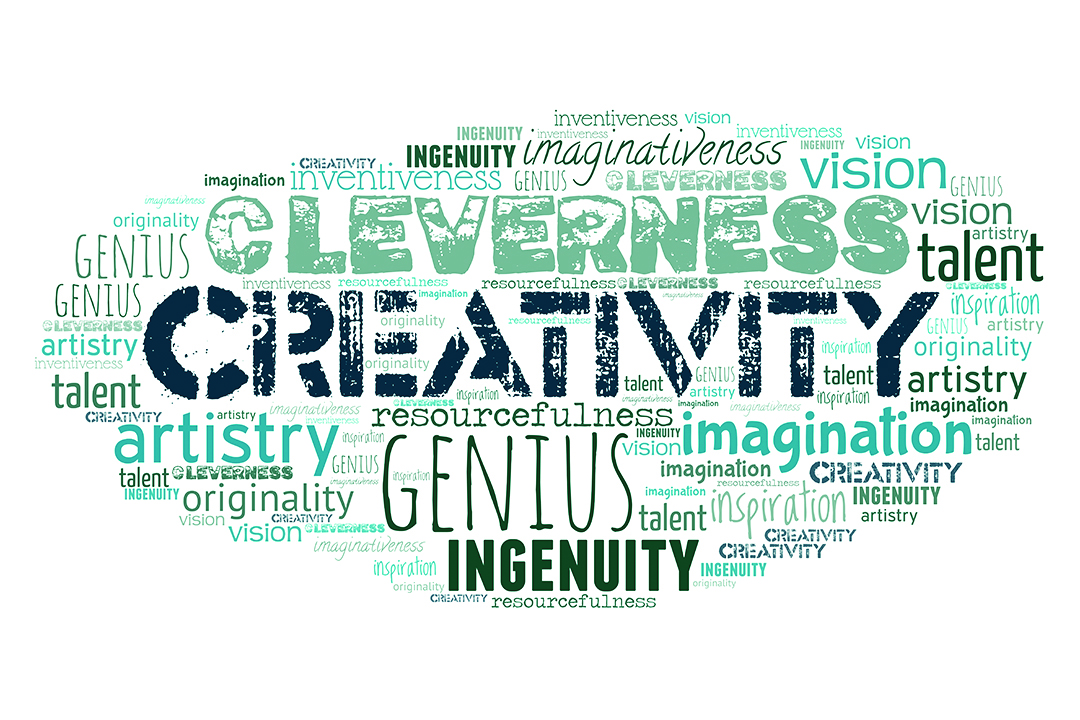From making fire to playing music, telling stories, designing buildings, posing for Instagram pictures, and, most importantly, lying to parents, creativity has always been at the heart of human activity and progress.
Creativity is typically noticed in individuals who tend to be more inventive and original in their endeavours — for instance, in a certain gentleman named Albert Einstein and his theories on space and the universe, or, more notably, in STEM professors finding new ways to achieve mournfully low class averages every year. For graduating purposes, that is a joke.
But what does it mean to be creative? Can anyone be creative? What does creativity look like in the brain?
What is creativity?
While the notion of creativity can be subjective and there are a lot of factors that affect creativity, scientists have come to define it as having the ability to imagine and implement original ideas that, above all, have value or utility.
In an article in the Creativity Research Journal, a leading creativity researcher, Mark Runco, notes that this is the case because “original things must be effective to be creative,” since a random process could yield something that is entirely original and yet totally meaningless and useless.
This does not necessarily mean that creativity always entails life-changing, revolutionary contributions to scientific or social advancement. In fact, researchers have come to distinguish two types of creativity: ‘little-c’ creativity — everyday creativity and problem solving, which is the subject of most studies concerning the creative process — and ‘big-C’ creativity — “major productions of scientific, technological, social, or artistic importance.”
Investigating ‘big-C’ creativity tends to be more difficult as the research cannot take place in small-scale laboratory studies. The relevant research is quite extensive and requires the examination of biographical or autobiographical, historical, and developmental accounts of particularly influential instances and individuals.
In the ‘little-c’ sense, though, everyone can be creative by gathering different leftovers to cook a quick new meal, or by coming up with jokes, or by writing humbug for a class essay — so long as such solutions “are novel to the solver and so not already known from direct experience.”
Studies investigating this type of creativity may involve asking participants to think outside the box and ‘diverge’ from common uses of an object, or to reimagine familiar structures and shapes into new, interesting ones. The goal of researchers with experiments like these is to find out how the brain operates during bursts of creativity, and whether some individuals can be more creative than others.
Creativity and connectivity
Being creative often means making connections, like thinking that because both pineapple and pizza are great on their own, they could be great together as well. And that would be great squared — it’s simple math. The world has never seen a connection so divisive.
It is fitting that creativity presents itself through making connections that are not otherwise obvious, given that recent studies suggest the creative process involves connecting different networks in the brain that typically don’t collaborate.
A 2016 study observed interactions between two large-scale systems in the brain that typically have an ‘antagonistic’ relationship — where one deactivates when the other is active — during creative thinking.
These systems are the default network, the regions of the brain that activate during spontaneous thinking and imagination, and the executive control network, the regions of the brain that activate during focus and careful analytical thinking. Researcher Roger Beaty states that this interaction essentially brings about the ability to spontaneously generate ideas and then assess them to determine whether they’ll actually work.
Furthermore, Beaty and his colleagues went on to research how some individuals can be more creative than others. The results of their 2018 study suggest that the more creative individuals are “better able to co-activate brain networks that usually work separately.”
The researchers assessed the same networks involved in creative thinking through the ‘alternate uses task’ — a test that asks participants to consider new and unusual uses for familiar objects, measuring their general creative thinking ability. They concluded that “Overall, people with stronger connections came up with better ideas.”
Future research is needed to determine whether these network connections could be strengthened through particular activities, and if so, whether such modifications boost creative thinking ability. If there’s one thing to take away from this article, it’s that you should sit down and seriously consider creating your own TikTok trend — be the pioneer of a dance that will take the app by storm for about two weeks and fade away into obscurity like nothing ever happened. This is what creativity is about, I think. Thought for thought.


